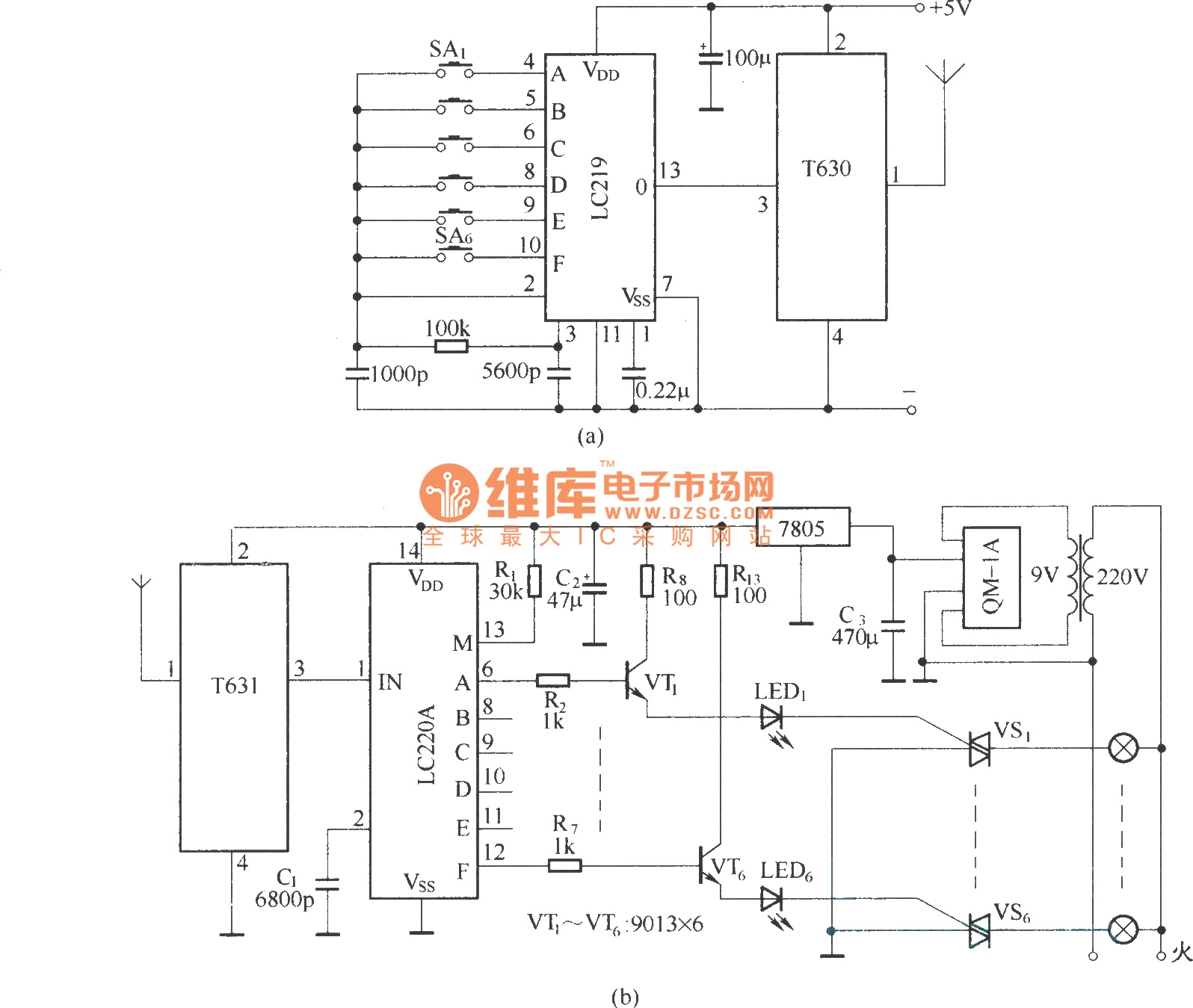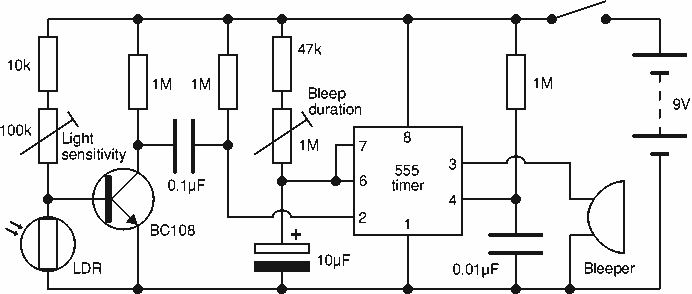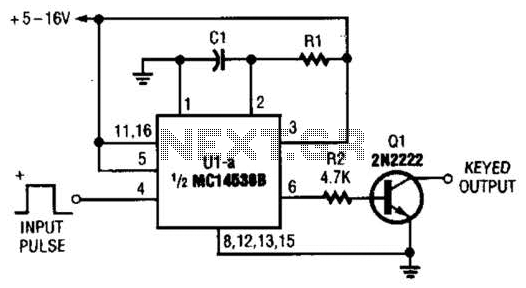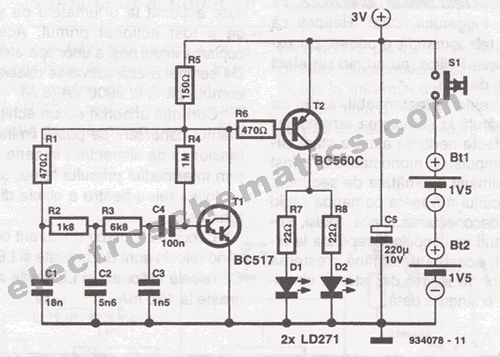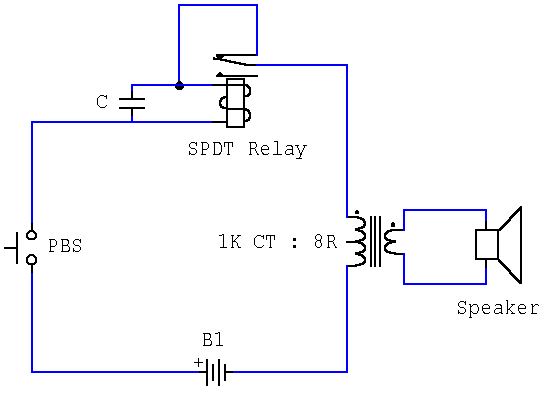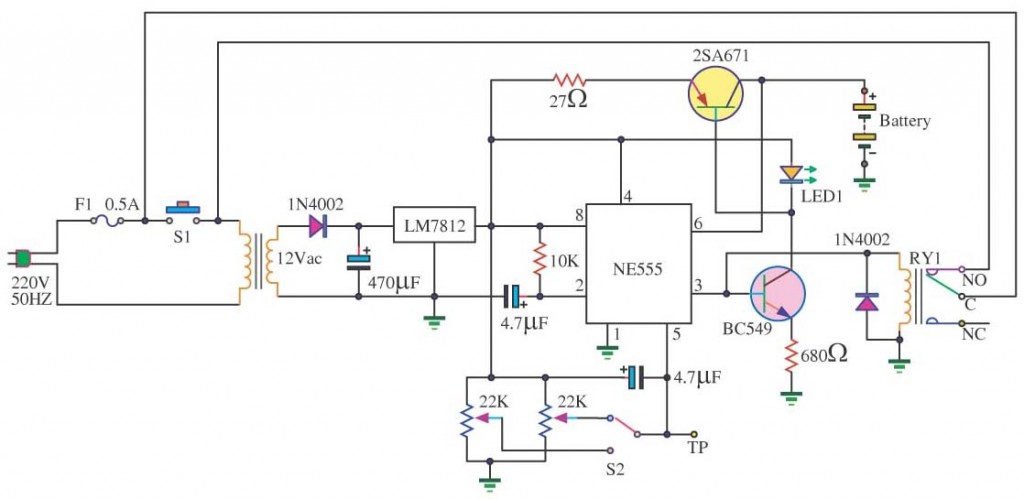
Quad Power Supply For Hybrid Amplifier circuit
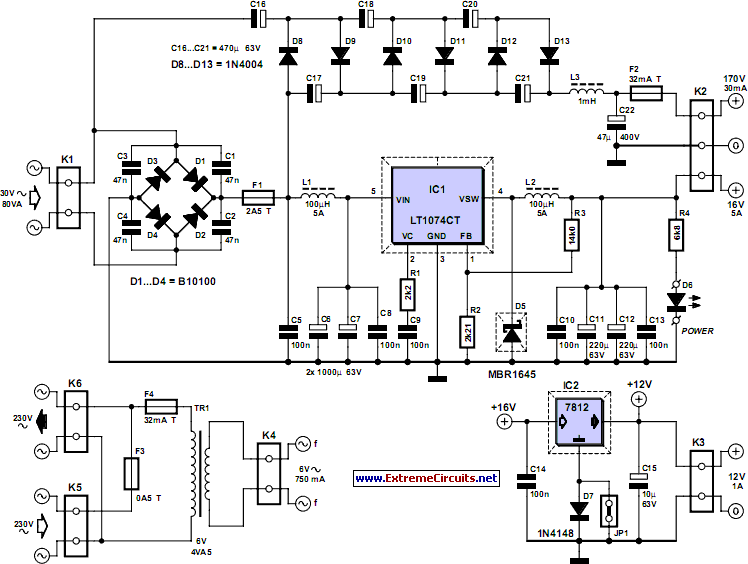
This power supply was designed for use with the Simple hybrid amplifier published elsewhere in this issue. It is suitable for various applications as well. A cascade generator is utilized for the 170 V output, a switch-mode supply provides the 16 V, a series regulator is employed for the 12 V, and a separate transformer is used for the 6.3 V filament supply. An LT1074CT (IC1) has been selected for the regulator, allowing the circuit to be constructed with relatively standard components while achieving high efficiency. The power loss is reduced with this device compared to a linear voltage regulator.
The power supply circuit integrates multiple voltage outputs tailored for specific operational requirements. The 170 V output is generated using a cascade generator, which provides a stable high voltage necessary for the functioning of the hybrid amplifier. This design choice enhances the overall performance by ensuring that the high voltage is generated efficiently, minimizing ripple and noise.
For the 16 V output, a switch-mode power supply (SMPS) is implemented. This type of supply is known for its efficiency and compact design, making it ideal for applications where space and thermal management are critical. The switch-mode topology allows for reduced power losses compared to traditional linear power supplies, which is particularly beneficial in minimizing heat generation.
The 12 V output is regulated using a series voltage regulator, specifically the LT1074CT. This component is advantageous due to its high efficiency, which is essential for maintaining a low thermal profile. It can handle significant load currents while providing a stable output voltage, making it suitable for powering sensitive electronics within the amplifier.
Lastly, the 6.3 V filament supply is derived from a separate transformer. This dedicated supply is crucial for powering the filaments of vacuum tubes or other components that require a specific filament voltage. Using a transformer ensures that this supply is isolated from the other voltage outputs, enhancing safety and reducing the risk of interference.
Overall, this power supply circuit exemplifies a well-thought-out design that prioritizes efficiency, reliability, and versatility. The choice of components and topologies ensures that it can meet the demands of the hybrid amplifier while remaining applicable to a range of other electronic applications.This power supply was designed for use with the ˜Simple hybrid amp published elsewhere in this issue. It is of course suitable for use in other applications as well. We ve used a cascade generator for the 170 V, a switch mode supply for the 16 V, a series regulator for the 12 V and a separate transformer for the 6.3 V filament supply.
We ve chosen an LT1074CT (IC1) for the regulator, which means that the circuit can be built with relatively standard components and will have a high efficiency. The power loss is less with this device compared to a linear voltage regulator.. 🔗 External reference
The power supply circuit integrates multiple voltage outputs tailored for specific operational requirements. The 170 V output is generated using a cascade generator, which provides a stable high voltage necessary for the functioning of the hybrid amplifier. This design choice enhances the overall performance by ensuring that the high voltage is generated efficiently, minimizing ripple and noise.
For the 16 V output, a switch-mode power supply (SMPS) is implemented. This type of supply is known for its efficiency and compact design, making it ideal for applications where space and thermal management are critical. The switch-mode topology allows for reduced power losses compared to traditional linear power supplies, which is particularly beneficial in minimizing heat generation.
The 12 V output is regulated using a series voltage regulator, specifically the LT1074CT. This component is advantageous due to its high efficiency, which is essential for maintaining a low thermal profile. It can handle significant load currents while providing a stable output voltage, making it suitable for powering sensitive electronics within the amplifier.
Lastly, the 6.3 V filament supply is derived from a separate transformer. This dedicated supply is crucial for powering the filaments of vacuum tubes or other components that require a specific filament voltage. Using a transformer ensures that this supply is isolated from the other voltage outputs, enhancing safety and reducing the risk of interference.
Overall, this power supply circuit exemplifies a well-thought-out design that prioritizes efficiency, reliability, and versatility. The choice of components and topologies ensures that it can meet the demands of the hybrid amplifier while remaining applicable to a range of other electronic applications.This power supply was designed for use with the ˜Simple hybrid amp published elsewhere in this issue. It is of course suitable for use in other applications as well. We ve used a cascade generator for the 170 V, a switch mode supply for the 16 V, a series regulator for the 12 V and a separate transformer for the 6.3 V filament supply.
We ve chosen an LT1074CT (IC1) for the regulator, which means that the circuit can be built with relatively standard components and will have a high efficiency. The power loss is less with this device compared to a linear voltage regulator.. 🔗 External reference
Warning: include(partials/cookie-banner.php): Failed to open stream: Permission denied in /var/www/html/nextgr/view-circuit.php on line 713
Warning: include(): Failed opening 'partials/cookie-banner.php' for inclusion (include_path='.:/usr/share/php') in /var/www/html/nextgr/view-circuit.php on line 713
